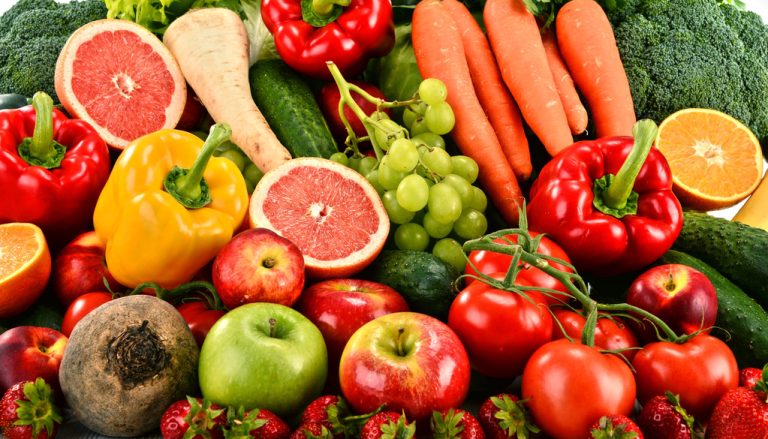Pegan = Paleo and vegan? No, not quite: Although the pegan diet combines the cornerstones of both diets, eating meat is allowed. We have compiled the ten basic rules of the pegan diet for you.
The spiritual father of the pegan diet is Mark Hyman, an American physician. Paleo and vegan diets do not differ in their principles, according to the doctor: Both eat as natural, unprocessed foods as possible and thus combine in pegan!
The 10 rules of the pegan diet

1. Eat foods with a low glycemic index (GLYX)
Avoid foods with sugar and refined carbohydrates. Eat fruits, vegetables, legumes, and nuts instead.
2. Vegetables are the main part of the diet
Although meat is permitted in the pegan diet, 50 to 70 percent of your diet should consist of vegetables. The darker the vegetables, the better. Because a strong color is an indication of high content of secondary plant substances.
3. It’s all about the fats
Vegetable oils are taboo in the pegan diet. The only exception is olive oil. Fats are ingested from nuts, avocados, coconuts, and, in small amounts, saturated fat from meat.
4. Meat is the accompaniment to vegetables
The Paleo diet is very meat-heavy, vegans completely avoid it. With the pegan diet, the trade-off is this: only about 25 percent of the meal is meat, with the rest being vegetables.
5. Eat free-range meat
The advantage of healthy, natural husbandry is particularly noticeable with cows. Because in cows that are allowed to eat grass regularly, the meat has a higher proportion of omega-3 fatty acids, vitamin A and vitamin D. When it comes to fish, types that contain a lot of omega-3 fatty acids, such as sardines or salmon, are also preferable.
6. Avoid dairy products
Dairy products are frowned upon by both paleo and vegan advocates, citing studies such as the China Study which claim to show that dairy products contribute to obesity, osteoporosis, and cardiovascular disease. Dairy products are therefore also taboo in Peganism.
7. Avoid gluten, eat little grain
Avoiding gluten is currently en vogue. The pegan diet also dispenses with wheat gluten and thus most cereal products. Since the consumption of (whole grain) cereals increases blood sugar levels and the risk of autoimmune diseases, according to Mark Hyman, caution is generally required.
8. Legumes in moderation

According to Mark Hyman, beans also increase blood sugar levels. So: eat a few legumes.
9. Sugar only in exceptional cases
Refined sugar and sugar substitutes are taboo in the pegan diet. Maple syrup, honey, or coconut blossom sugar are allowed in moderation.
10. Eliminate additives from your diet
According to the maxim of eating as natural and unprocessed food as possible, flavorings, colorings, and preservatives are completely banned from the pegan diet – a clear advantage for health. However, these strict rules make it almost impossible for Pagans to eat out.



